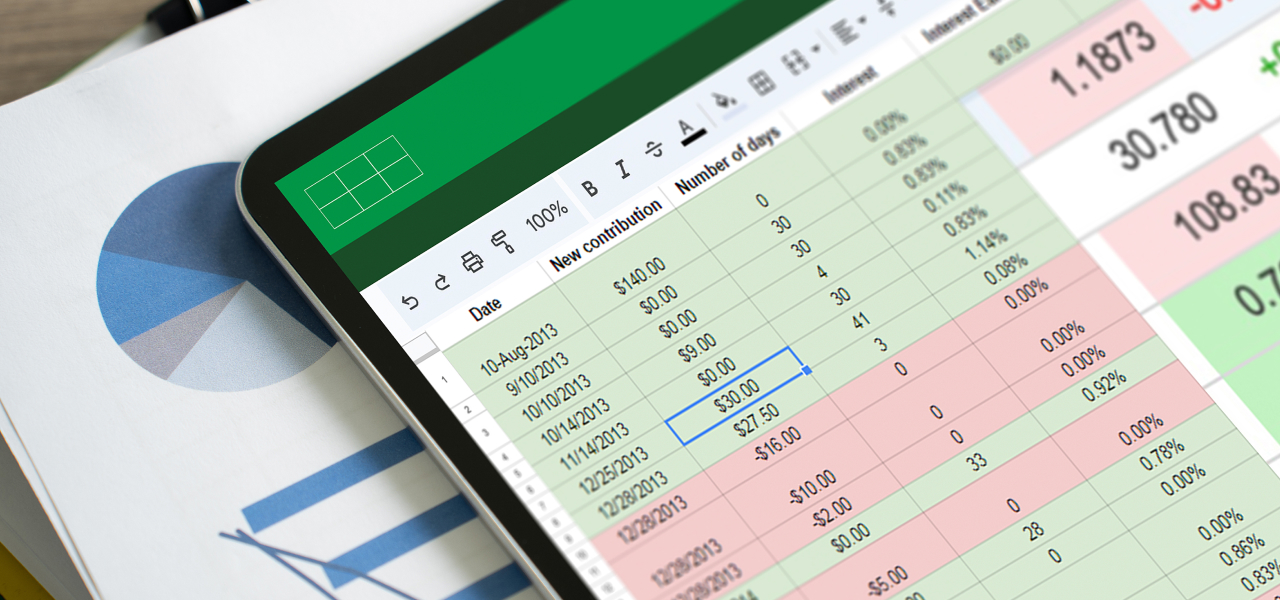Any wealth or asset management firm that has undertaken a vendor search and implementation project for new software knows firsthand how involved the process can be. There is a lot of risk on the line. After all, you are implementing specialized software that will become the foundation for running a complex business.
This is particularly true for back-office accounting and investment software, which must aggregate pricing, accounting, LP, investor and other information from numerous sources. The information is then used to drive the firm’s analytics and decision-making.
In a recent webinar, James Haluszczak, Managing Partner of SteelBridge Consulting![]() and Ashley Whittaker, President, Global Sales at FundCount came together to discuss the issues and challenges of implementing a back-office accounting solution.
and Ashley Whittaker, President, Global Sales at FundCount came together to discuss the issues and challenges of implementing a back-office accounting solution.
Here are their recommendations to reduce risk, avoid a long and costly procurement process, and improve the long-term success of your project.
1. Focus on outcomes, not functionality
Rather than getting hung up on specific functionality, decide what problems need to be solved and what end results your firm is looking to achieve. Is greater efficiency important? Improved accuracy? Faster client reporting?
Thinking about the nuances and details of each piece of an application only leads to analysis paralysis, according to Haluszczak. That’s why he advises clients to just assume that the system does more than they will ever need.
Focusing on outcomes means setting realistic end goals so there is a barometer by which to measure success. This requires an in-depth understanding of your organization, your technology, and your data because the project will institutionalize processes and may impact how you conduct business. That likely means tossing out your old way of thinking and embracing re-engineering. The idea is to use the software you have bought to its fullest extent rather than simply recreating old processes.
2. Get buy-in from all stakeholders
Although projects for new firms with no historical data to import can be implemented quickly, most accounting software projects take six months minimum from the time a vendor is selected. The process can be even longer if complex assets and investment accounting applications are involved.
Unfortunately, many firms embark on a project without first getting buy-in from all stakeholders and without fully considering the time, cost, and resources required to go from vendor selection to implementation and ‘go live.’ As a result, the procurement process often gets put on hold or scrapped completely mid-project because of unexpected complexity or escalating costs. In fact, 87% of webinar participants said that they had been involved in a procurement process that did not lead to a system purchase.
That’s a lot of wasted time and effort.
By managing expectations from the onset, you can increase the chance that a project will move forward. Start with top-down consensus on outcomes so the team is on the same page. Ensure everyone understands how different pieces of the ecosystem connect and what is expected at each stage of the project. After all, software projects are complex with many phases – design, configuration, testing, implementation, report building, go live – and integrating systems is not a straightforward process.
Large firms in particular should earmark a few weeks for a business analysis phase to uncover challenges and hone in on specific needs. Haluszczak and Whittaker suggest that firms consider a phased implementation, especially for more complex projects, as that approach will mitigate process risk and lead to the highest chance of success.
3. Marshal the right resources
Embarking on a software implementation project is a commitment that will consume resources, time, and money. Be prepared for the long haul. Identify internal subject matter experts and ensure they have the bandwidth to dedicate to the project, or engage outside expertise as needed.
The importance of knowledgeable, dedicated resources for implementation – long considered the most complex of all phases – is no surprise to industry veterans. It’s where the “real work” begins. Webinar participants clearly agreed. Nearly 60% indicated that the two factors with the greatest impact on success were having dedicated project staff and having project management/ERP implementation skills.
Whittaker and Haluszczak mirror that sentiment. “The most successful implementations FundCount has seen are those where the client had strong internal skills,” said Whittaker. Haluszczak added that having an internal “champion” to shepherd the project through all stages from selection to implementation and go live further ensures the success of a project.
A blueprint for success
By clearly defining expected outcomes, aligning the interests of all stakeholders, and gearing up with dedicated expertise, you can avoid the pitfalls of software procurement and implementation. Even more important, selecting the right system will provide greater operational efficiency, more informed decisions, and better client service.
FundCount’s flexible back-office accounting and investment analysis software delivers efficiency and insight to family offices, hedge funds, private equity firms, and fund administrators. With our rigorous implementation process and project management expertise, you can be up and running on FundCount in no time. Download our infographic to learn how FundCount’s expertise, methodology, and team help ensure your implementation success.
Want more insight on implementations? View our webinar, How to Reduce Risk in Selecting Investment Accounting Software.







